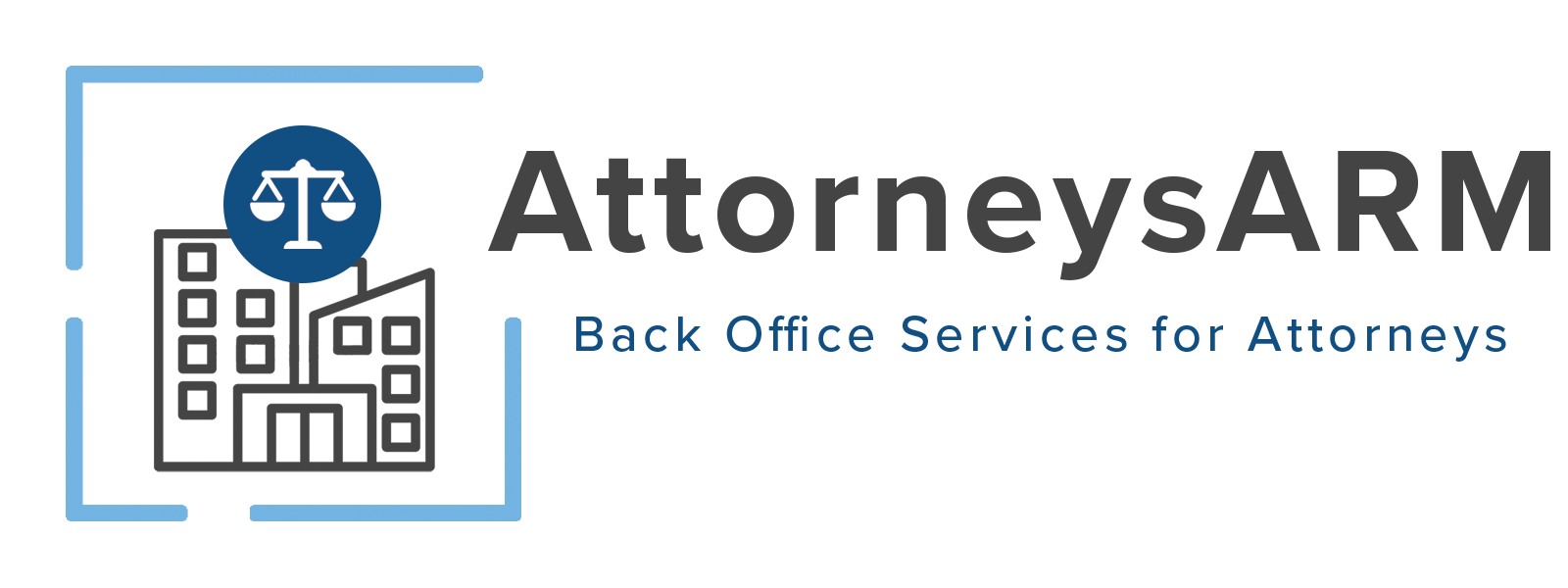In our previous post, Collect Before Collections, we discussed the steps that you can take when a client is delinquent on their account. Now, let’s look at ways to ensure you receive payment before it ever gets to that point.
Tip 1: Offer Incentives
Your main goal is to receive the payment for services rendered. Sometimes offering an incentive is the way to go. A payment incentive is basically a discount for early payment. You should remember that if you decide to use a payment incentive, you will be receiving slightly less than what is owed to you although you’re still gaining an advantage. Before setting up a payment incentive, you should be sure it will not affect your finances in a negative way.
There a few options when it comes to payment incentives. You review each of them to decide what will work best for your company.
You might choose to offer a flat rate discount. For example, if a client pays before the date their bill is due, they can save $5. This amount would not change regardless of whether they pay 5 days early, 10 days early, or even on the date they receive their invoice.
Another option is to offer a percentage off of their bill for an early payment. You may choose to set it up where the discount is only being offered if the payment is a set number of days early. You may also consider to offer the percentage off regardless of the number of days early the payment is made. An example would be to offer 5% off the total amount due if payment is made 15 days early or 10% off the total amount due if payment is made 10 days early. The choice is up to you. If you choose to use this option, you should factor in your financial wellbeing. Providing 10% off of a $100 invoice ($10 off the total bill) will likely not affect a company. However, 10% off of a $2,000 invoice ($200 off the total bill) has the possibility of having a negative effect on your financial situation.
The final option would be to set up an increasing discount program. You might offer 2% off of the total amount due if their payment is made 5 days early, 4% off the total amount due if their payment is made 10 days early, and 6% off the total due if their payment is made 15 days early.
Whatever you decide, the client should be aware of any payment incentives ahead of time. This will help to motivate them to make their payment early.
Tip #2 – Provide Reminder Notices
Another tip for ensuring payment is to send out reminder notices. These notices can be in the form of an e-mail, sent via the postal mail system, or you may choose to give the reminder over the phone. Reminder notices are different than collection notices because they are typically sent out before the account becomes delinquent. You may choose to send out reminder notices to any client who has not paid their invoice 5 days prior to their payments due date.
They can also be sent out 1-2 days after a missed payment. However, if your company has a policy in place that states late fees are assessed immediately after the due date, that should be specified in the reminder notice. An example might be, “Late fees of 2% of the total amount due will be charged for any unpaid invoices that are 15 days past due.”
Tip #3 – Apply Late Fees
You should consider assessing late fees on any missed or delinquent payment. Late fees would work the opposite of payment incentives. You have the option to set up a flat rate late fee, a late fee which is a percentage of the total amount due, or an increasing late fee. However, it is vitally important that your clients know ahead of time about your late fee policy. It’s also important to make sure that you adhere to any local statutes that may govern how much you can charge as a late fee. Notifying your clients in writing is your best bet.
Make sure that the late fees are considered reasonable. As we stated above, each state has its own guidelines for what is considered a reasonable late fee. Typically, if you charge under 10% you will be safe from legal repercussions, but it is always a good idea to double check the guidelines for the state you are in before assessing any late fees. You can do this by speaking with a business attorney in your state. You can also refer to the Fair Debt Collection Practices Act for a guideline.
Document everything. Invoices with late fees should clarify how and why the fees were assessed. You might choose to include a table similar to this on the invoice:
| Invoice # 1111 | $500.00 |
| Late fee for missed payment | $10.00 |
| Total due | $510.00 |
Tip #4 – Offer a Convenient Online Payment Option
The final tip we have for ensuring payment is to set up an online payment method for your clients. There are many ways that you can do this. You could set up an automatic payment program that would automatically debit their account for the payment that is due. You could also work with a merchant to install debit or credit card processing on your website. You could even just make a way for your clients to pay you using PayPal. We live in a world of convenience. Being able to make an online payment or not having to worry about making the payment at all because it is already set up to draft from their account is much easier for many businesses and consumers.
In previous posts, we have shown you how to develop your own phone script and shown you how to draft debt collection letters which are also beneficial in helping you to ensure payment is received. As always, we here at Clients ARM are here to help you with all of your accounts receivable and debt collection needs. We have a success rate greater than 90% on collecting past due balances. Clients ARM looks forward to helping you grow and protect your bottom line. Feel free to contact us for a free quote and to get the process started by calling 206-596-3000. Find out how your business can prosper by utilizing our more than 30 years of Director-level experience!




